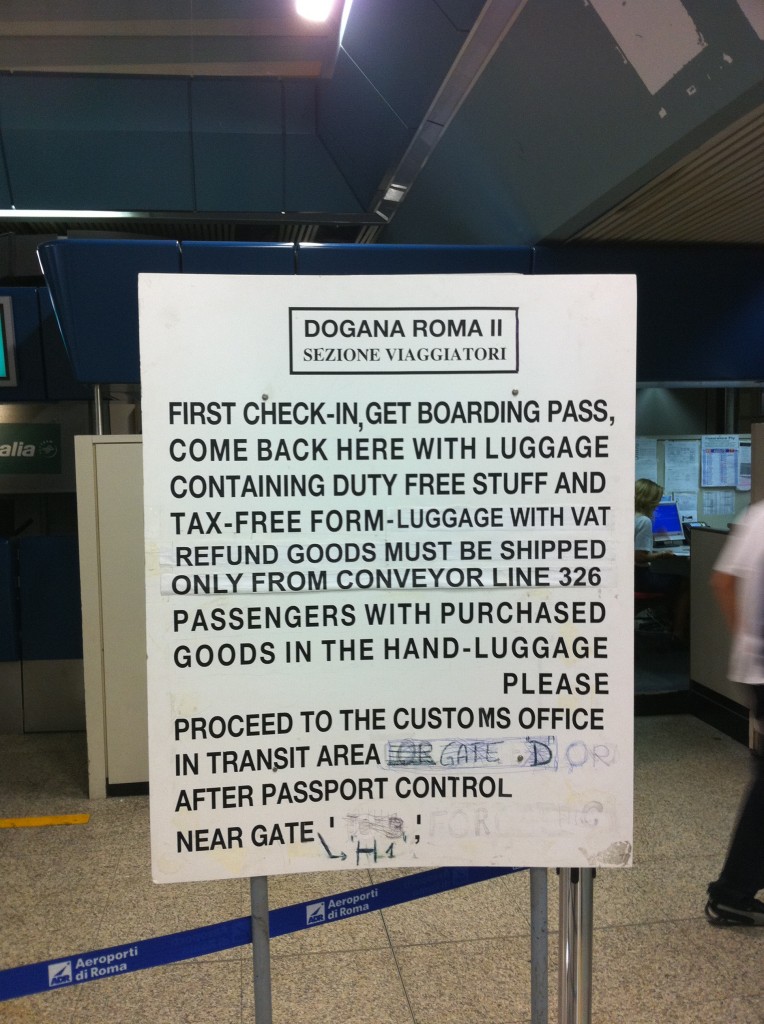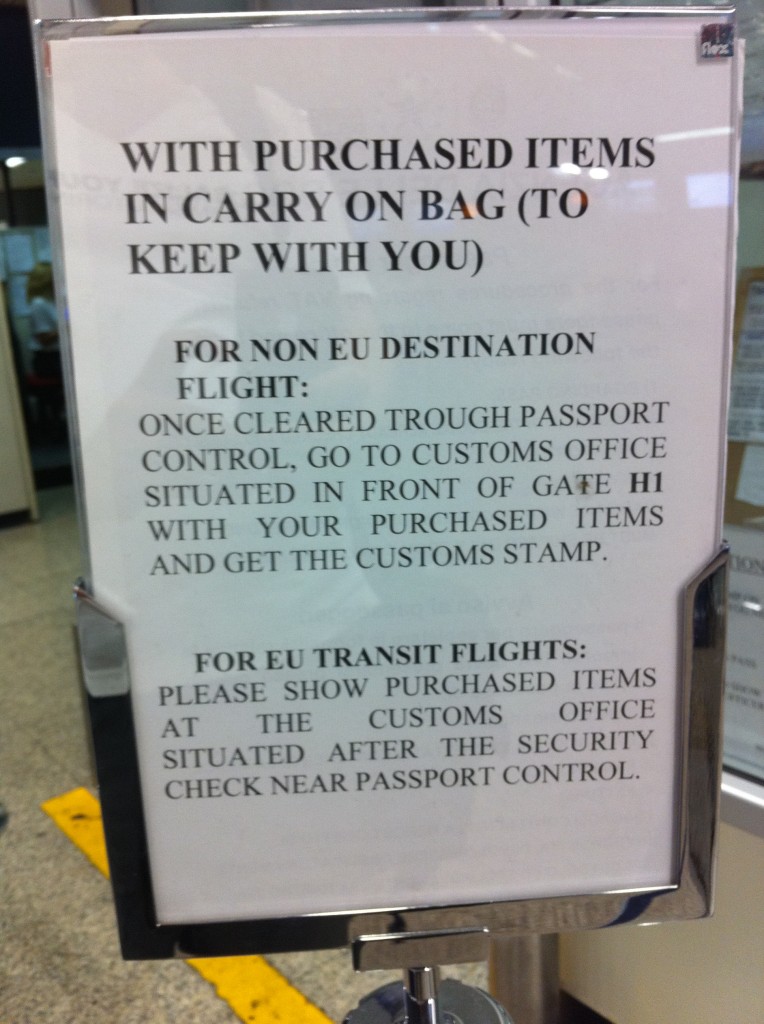What is Ferragosto? It is a Holiday celebrated in Italy on August 15th. It marks the height of Italian summer vacations. Italians are at the beach or at summer villas, and tourists rule the boarded up streets. The term Ferragosto is derived from the Latin expression Feriae Augusti (Augustus’ rest), which is a celebration introduced by the emperor Augustus in 18 BC. This was an addition to already extant ancient Roman festivals which fell in the same month, such as the Vinalia rustica or the Consualia, which celebrated the harvest and the end of a long period of intense agricultural labor.
A few years ago I visited Italy during the month of August. I usually go during the winter, so it was a nice change from my routine of 10 years. Italy in particular shuts down in August. The national holiday Ferragosto (August 15th) leaves Rome a ghost city, shops forgoe profits and put signs on their shutters reading “Chiuso per Ferie”.
Of course, these establishments all still pay rent, utilities, and the various expenses associated with operating a business. Most of the best restaurants are also closed, and if you can find one that is open you get the impression that the waiters’ minds are still somewhere partying in Greece with their friends, or off at the Tuscan summer house that has been in the family for 3 generations while they serve food in a trance-like state.
Enter dichotomy number 1: Work vs. Bella Vita (beautiful life), or the old adage that Italians work to live, while we Americans live to work. Ferragosto, siesta and other old-world tenets are great on one hand – a kind of sociopolitical forced period of relaxation, a collective nap or vacation. To put it in perspective, Ferragosto is as sacred as a Sunday is in the US. The downside is that accomplishing simple tasks, such as finding lunch, or shopping, can become very difficult.
The other dichotomy that stood out was Service vs. Culture. While this seems a strange pairing, I assure you, for the most part customer service in Italy is completely contrary to the culture. I have heard anecdotes of why Americans “hated Italy” and usually it comes down to “a rude man” working at the information booth in the train station saying “Go away! No English.” I had a few experiences on my last trip that made me astutely aware of this phenomenon. Indeed the worst experiences are always, incredibly, with the very people hired to help foreigners. Let me give you the play by play of my experience:
1) to get a duty free refund you need to visit the customs office and get a stamp. Simple enough. I tried doing this in Spain and they very nicely told me I needed to accomplish this in Italy. (My final European departure city)
2) I find the customs office “Dogana Roma II Sezione Viaggiatori” at Fiumicino in Rome, no line, door open, so I walk in and am immediately yelled at in English “Read the sign! Stop! Read the sign!” a middle-aged woman was screaming at me as if I had mugged her. Another man in the office seems to tell her to calm down and she immediately tells him (in Italian) “no, exuse me, but why do we have a sign then if people don’t read it?”
3) I stop and read the multiple signs. Please note the photos below and imagine that this is your 1st step in boarding for a 24 hour trip.
And here is another, just in case your weren’t confused yet.
And then just in case you don’t speak English here are the other “signs” professionally translated for your convenience.
After reading the signs I answered in Italian, “This isn’t worth the 30 Euros, thanks anyway!” and the other gentleman told me that all I had to do was go get a boarding pass and return. Upon my return I there were now two Korean women and the incredibly ticked-off customs worker waiting outside the door. I asked the other tourists what was happening and they explained that they were told to wait outside while the “floors dried.” When it was my turn to enter I made the mistake of trying to advise the “travelers division” of Italian customs on how to make it better for travelers.
I asked her if I could make a suggestion; her eyes widened. I said that she was obviously having trouble making people wait outside and that a simple sign in English saying “wait here” and another saying “get boarding pass first” would do the trick. She answered, “you want another sign?! In italy a yellow line means stay back! You want..” I left before getting yelled at too much. Of course, this experience left me angry and upset with the woman, the state employee, and by default Italy and Italian culture. I couldn’t help it. This was such a blatant example of how Italy doesn’t work. Government jobs, bad customer service, no recourse. She was happy hating her job and happy doing a disservice to people. She had found a way to make her position much more complicated and intense than just stamping a pice of paper. So that was one side of the dichotomy, the Service side specifically – so where does the culture part come in?
After getting on the plane and settling down for a long direct flight to LA, I was surprized to find a few bottles of open wine made available to the cabin about half way through the flight. As I poured myself my second cup of vino rosso I smiled and realized that Italian culture is about give and take. It isn’t America, and the open wine solidified that fact. From the airport to the plane I had experienced the yin and Yang of Italian culture. The love/hate relationship that anyone who knows Italy well experiences.









